Portable baby monitors have transformed the way parents care for their little ones, offering an easy way to stay connected even when you’re not in the same room. These devices provide the flexibility to go about your daily tasks, knowing you can see or hear your baby whenever needed. They’re not just tools—they’re a lifeline for busy parents seeking a balance between monitoring their child and managing other responsibilities.
With so many options available, finding the right monitor can feel overwhelming. Factors like range, battery life, and video quality all play a role in choosing a device that fits your needs. This guide walks you through everything you need to consider, from key features and benefits to practical tips for getting the most out of your monitor. Whether you’re a first-time parent or upgrading your setup, this information will help you make a confident choice.
Portable baby monitors are devices designed to help parents keep track of their baby’s safety and well-being from a distance. These monitors bridge the gap between you and your child, offering real-time audio, video, or both, depending on the type you choose. Whether you’re in another room, working from home, or stepping into the backyard, a portable baby monitor ensures you’re always aware of your little one’s activity.
Portable baby monitors are ideal for parents who want flexibility and mobility while keeping an eye on their baby. Whether you live in a small apartment or a large house, these monitors give you the freedom to move around without sacrificing peace of mind. They’re especially helpful for:
By understanding the basics of portable baby monitors, you can determine if they’re the right fit for your family and explore the many options available to suit your needs.
When choosing a portable baby monitor, understanding the features that matter most can help you find the perfect match for your needs. Here are the key aspects to consider:
Every family’s needs are different, so it’s important to prioritize features that align with your lifestyle. For instance, a family living in a large house may need extended range and multiple cameras, while a traveling family might value compact design and portability. Knowing what to look for ensures you invest in a monitor that makes parenting more manageable.
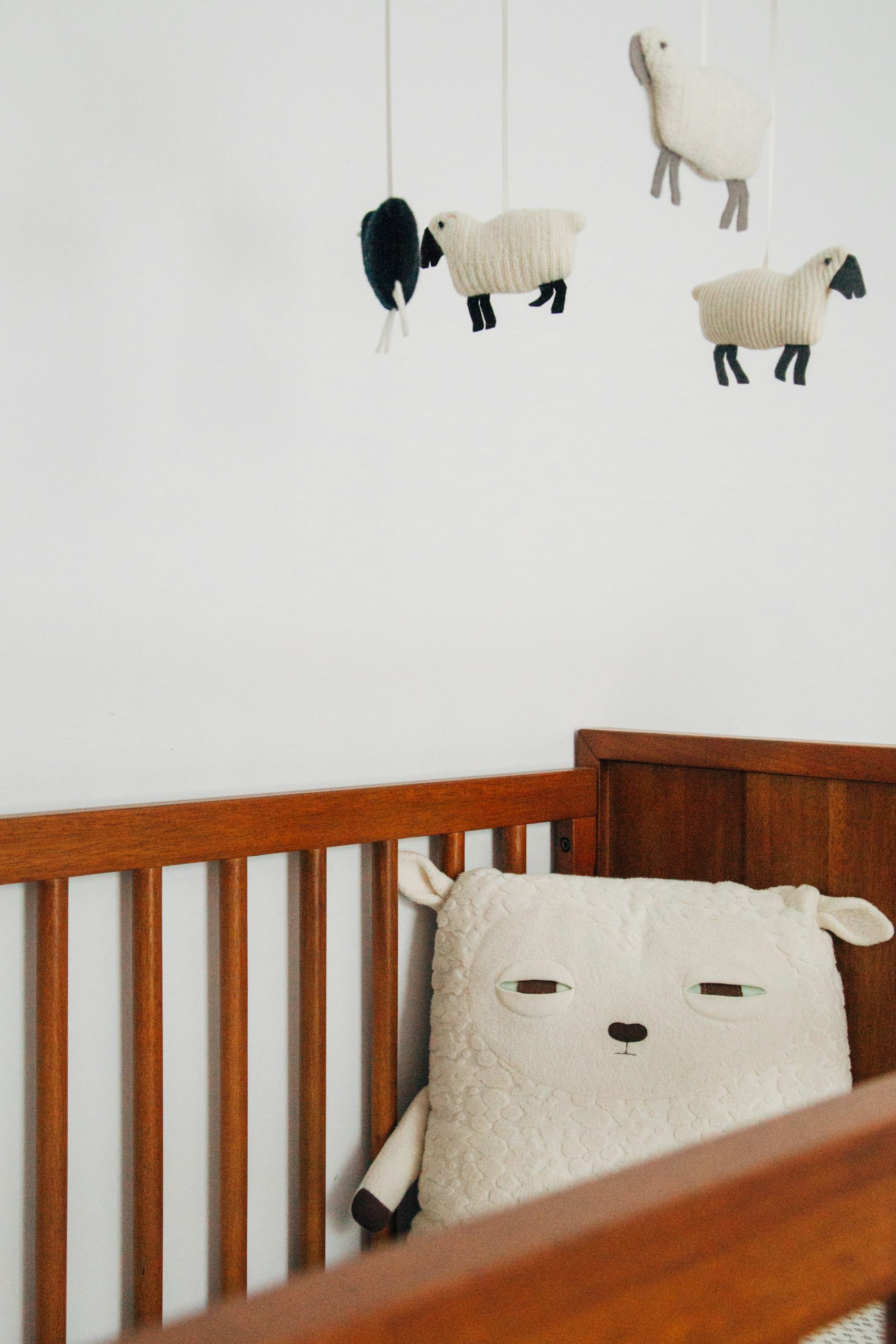
While portable baby monitors provide immense convenience and peace of mind, it’s important to address some common concerns that parents often have. Understanding these challenges can help you make an informed decision and use your monitor effectively.
Battery life is a critical factor for portable monitors, especially for parents who need constant monitoring throughout the day. Devices with shorter battery life can require frequent recharging, which might disrupt monitoring.
Choose monitors with long-lasting rechargeable batteries and consider models with a backup power option. Look for low-battery alerts to ensure you’re never caught off guard.
Portable baby monitors can sometimes experience issues with signal strength, especially in large homes or areas with many electronic devices. Signal interference from Wi-Fi routers, cordless phones, or other baby monitors can cause disruptions.
Opt for monitors with a longer range and advanced technologies like DECT or FHSS, which reduce interference and ensure a stable connection.
For Wi-Fi-enabled monitors, privacy is a significant concern. Without proper encryption, your video or audio feed could be vulnerable to hacking.
Always use a strong, unique password for your monitor and home Wi-Fi network. Look for models with end-to-end encryption and regularly update firmware to fix security vulnerabilities.
Monitors without proper night vision may provide blurry or unclear video feeds in low-light conditions. This can be frustrating, especially for nighttime monitoring.
Invest in a monitor with infrared night vision for clear images in the dark. Check reviews for night vision performance before purchasing.
With so many features available, it’s easy to feel overwhelmed by higher-priced options. Parents often worry about spending too much on features they may not use.
Focus on features that are essential for your needs, such as range, battery life, or two-way communication. Budget-friendly models often deliver excellent performance without extra frills.
Monitors with motion or sound detection can sometimes send alerts unnecessarily, such as when the baby moves slightly or makes normal sleeping noises.
Look for monitors with adjustable sensitivity levels for motion and sound alerts. This allows you to fine-tune the settings to avoid false alarms.
Portable monitors might not always be designed for frequent travel or outdoor use, leading to wear and tear over time.
Select a model specifically marketed as portable, with sturdy build quality and travel-friendly features like compact size or protective cases.
Wi-Fi monitors depend on your internet connection. A weak or interrupted connection can make remote monitoring unreliable.
Ensure a strong and stable internet connection if using a Wi-Fi monitor. Consider a non-Wi-Fi monitor as a backup for areas with poor connectivity.
By being aware of these common concerns and their solutions, you can maximize the benefits of a portable baby monitor while minimizing potential frustrations. The key is to choose a device that fits your lifestyle and ensures the safety and comfort of your baby without unnecessary complications.
Portable baby monitors can make parenting easier, but to get the best out of your device, it’s essential to use it correctly. Here are some practical tips to ensure effective and safe monitoring:
Position the baby unit where it can clearly capture your baby’s activity but remains out of their reach. Avoid placing it directly in the crib or too close to the baby to prevent accidents.
Before relying on the monitor, walk around your home to test its range and signal strength. Make sure there are no blind spots where the connection drops.
Motion and sound alerts are great features, but if they’re too sensitive, they can become annoying with constant false alarms.
For Wi-Fi-enabled monitors, a secure connection is critical to protect your privacy. Ensure the device and your home network are properly secured.
Portable monitors rely on battery power, so ensure they are always charged and ready to use. Running out of battery unexpectedly can leave you without monitoring when you need it most.
Take advantage of features like two-way communication to soothe your baby or temperature monitoring to ensure the room is comfortable.
Dust and dirt can accumulate on the camera lens or audio receiver, reducing the quality of monitoring.
While monitors provide peace of mind, they shouldn’t replace regular checks on your baby. Use them as a tool, not a substitute for direct supervision.
If you’re taking the monitor on trips, ensure it’s packed securely to avoid damage. Choose a model designed for portability if you travel frequently.
If your monitor operates on Wi-Fi, avoid placing it near other devices that might cause interference, such as cordless phones or microwave ovens.
Using a portable baby monitor effectively is about more than just turning it on. Strategic placement, regular maintenance, and understanding its features can significantly enhance your experience. With these tips, you can make the most of your monitor while ensuring your baby’s safety and comfort.
Choosing the right portable baby monitor can be challenging with so many options on the market. Here are five highly-rated models, each with unique features to fit different needs and preferences.
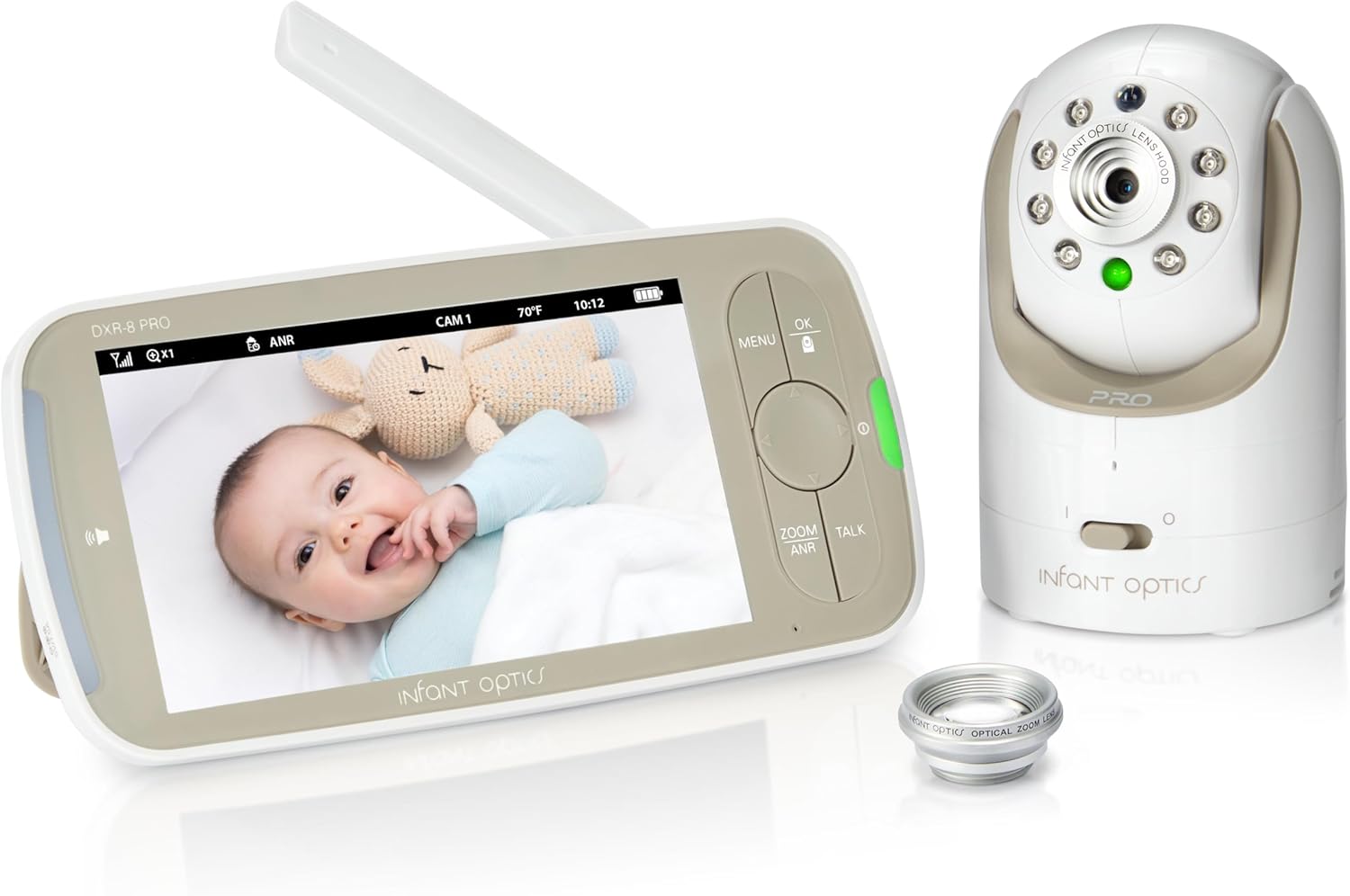
The Infant Optics DXR-8 Pro stands out as one of the most popular and reliable portable baby monitors on the market. It’s a favorite among parents who value both functionality and security, offering a robust set of features without relying on a Wi-Fi connection.
Key Features:
Why It’s Great:
What to Keep in Mind:
Parents who prioritize security, excellent video quality, and adaptability as their child grows will find the Infant Optics DXR-8 Pro to be an excellent investment. Its reputation for reliability and thoughtful design makes it a standout choice.
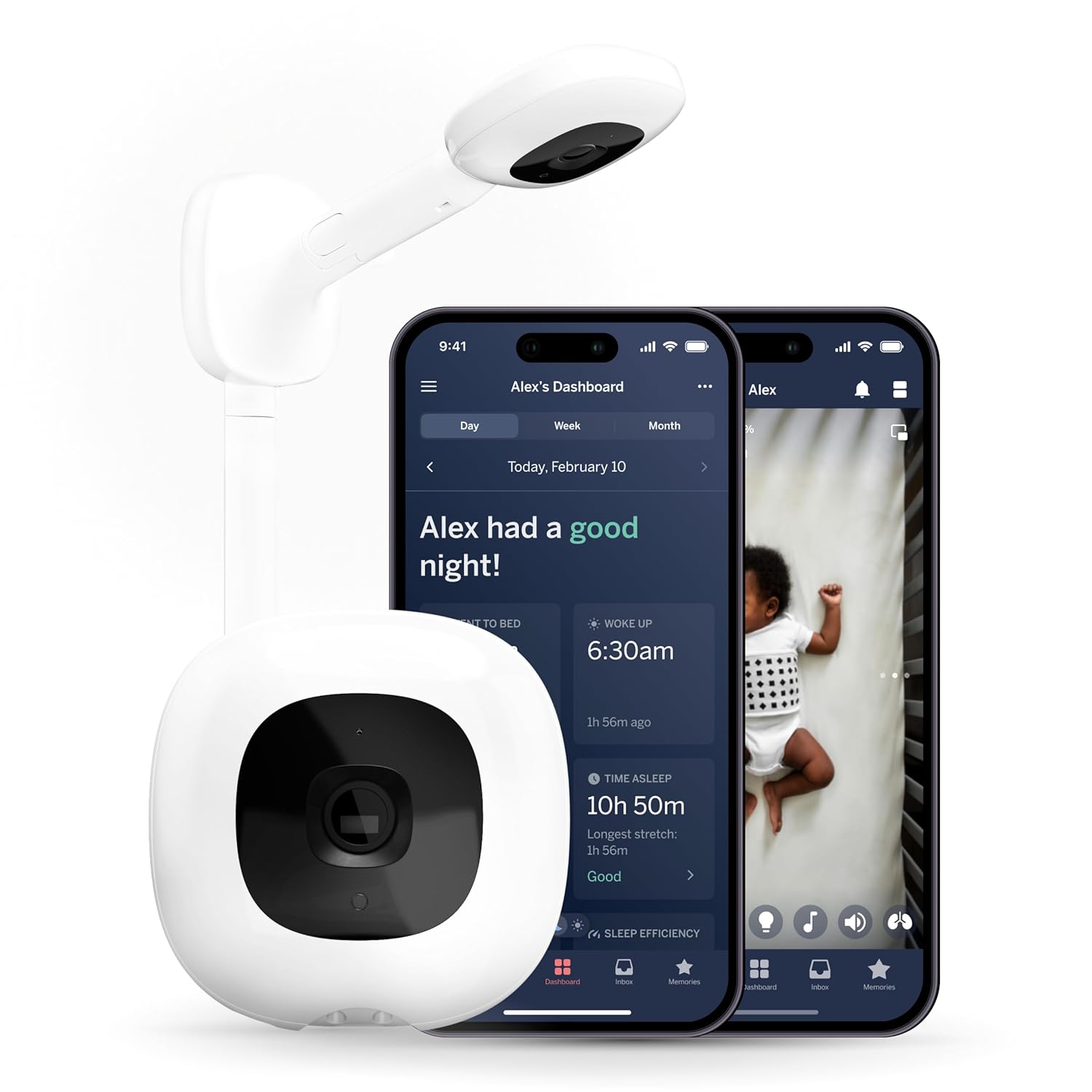
The Nanit Pro Smart Baby Monitor is a top choice for tech-savvy parents who want more than just a video feed. Combining advanced monitoring with insightful data, it’s a complete baby care tool that goes beyond the basics. Its smart features make it one of the most innovative options available.
Key Features:
Why It’s Great:
What to Keep in Mind:
Parents looking for a smart baby monitor that does more than just provide a video feed. The Nanit Pro is ideal for those who want to track their baby’s sleep, monitor breathing, and gain personalized insights to improve their baby’s rest.
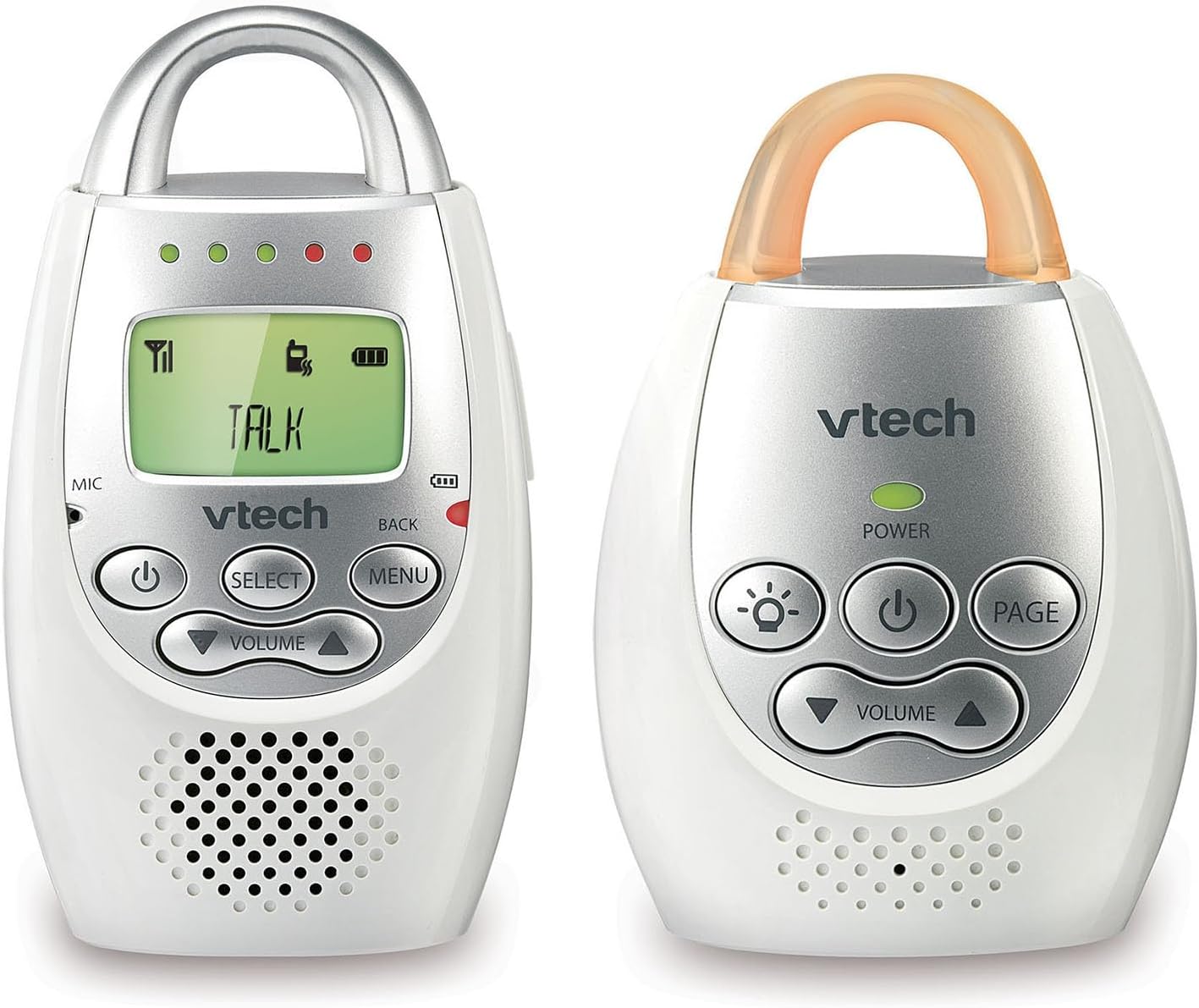
The VTech DM221 is a simple, reliable, and affordable option for parents who prioritize clear audio monitoring over video features. It’s particularly well-suited for those who want an easy-to-use device without the complexities of app integration or high-tech features.
Key Features:
Why It’s Great:
What to Keep in Mind:
Parents seeking an affordable and reliable audio monitor with a long range and clear sound quality. It’s particularly well-suited for those who don’t need video monitoring or advanced features but want a dependable device for basic monitoring.
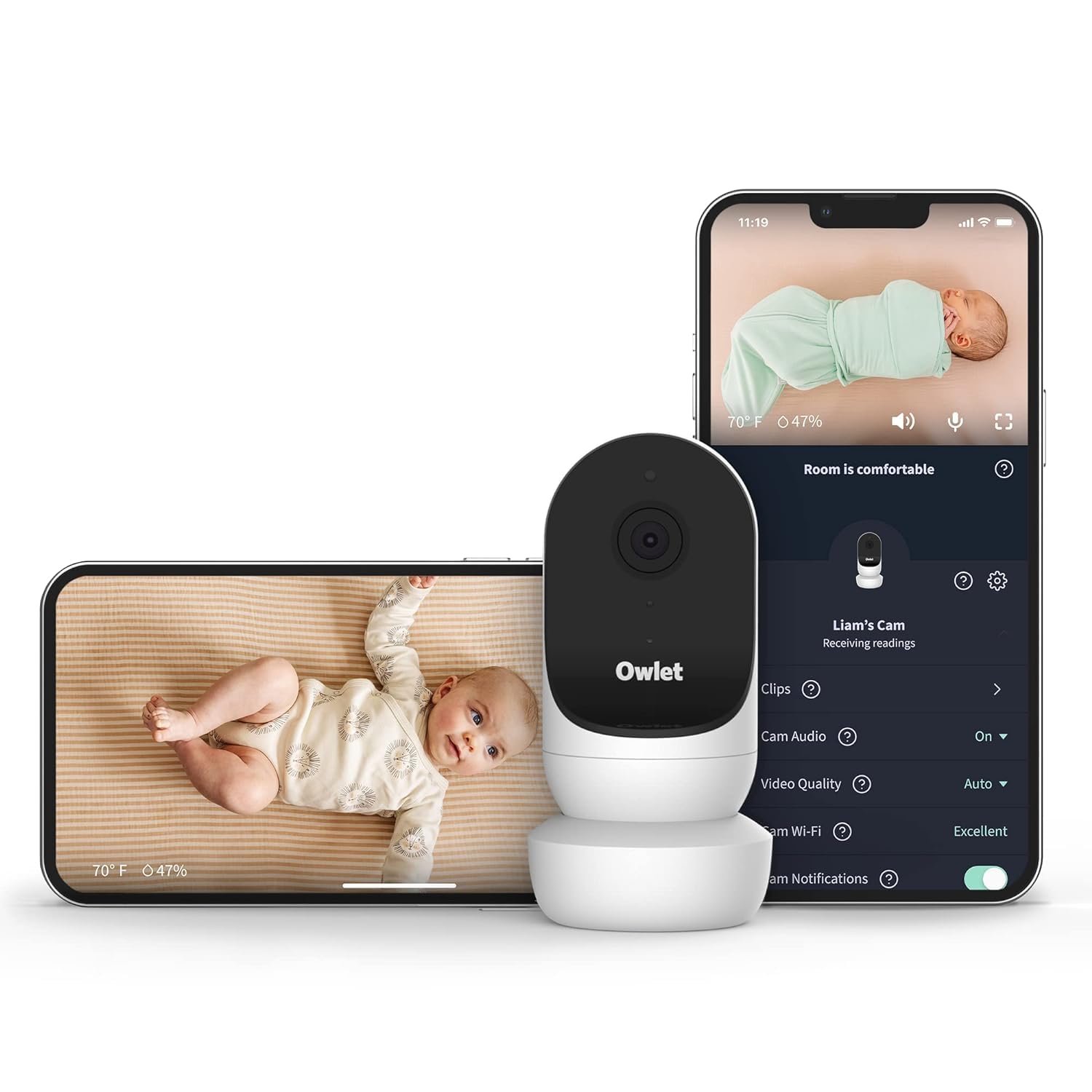
The Owlet Cam 2 combines high-definition video monitoring with a strong focus on security, making it a standout option for parents who prioritize clear visuals and data protection. Its sleek design and app-based functionality make it a versatile choice for modern families.
Key Features:
Why It’s Great:
What to Keep in Mind:
Parents who prioritize HD video quality, robust security, and app-based monitoring. It’s ideal for tech-savvy families who want a reliable way to stay connected with their baby from anywhere.
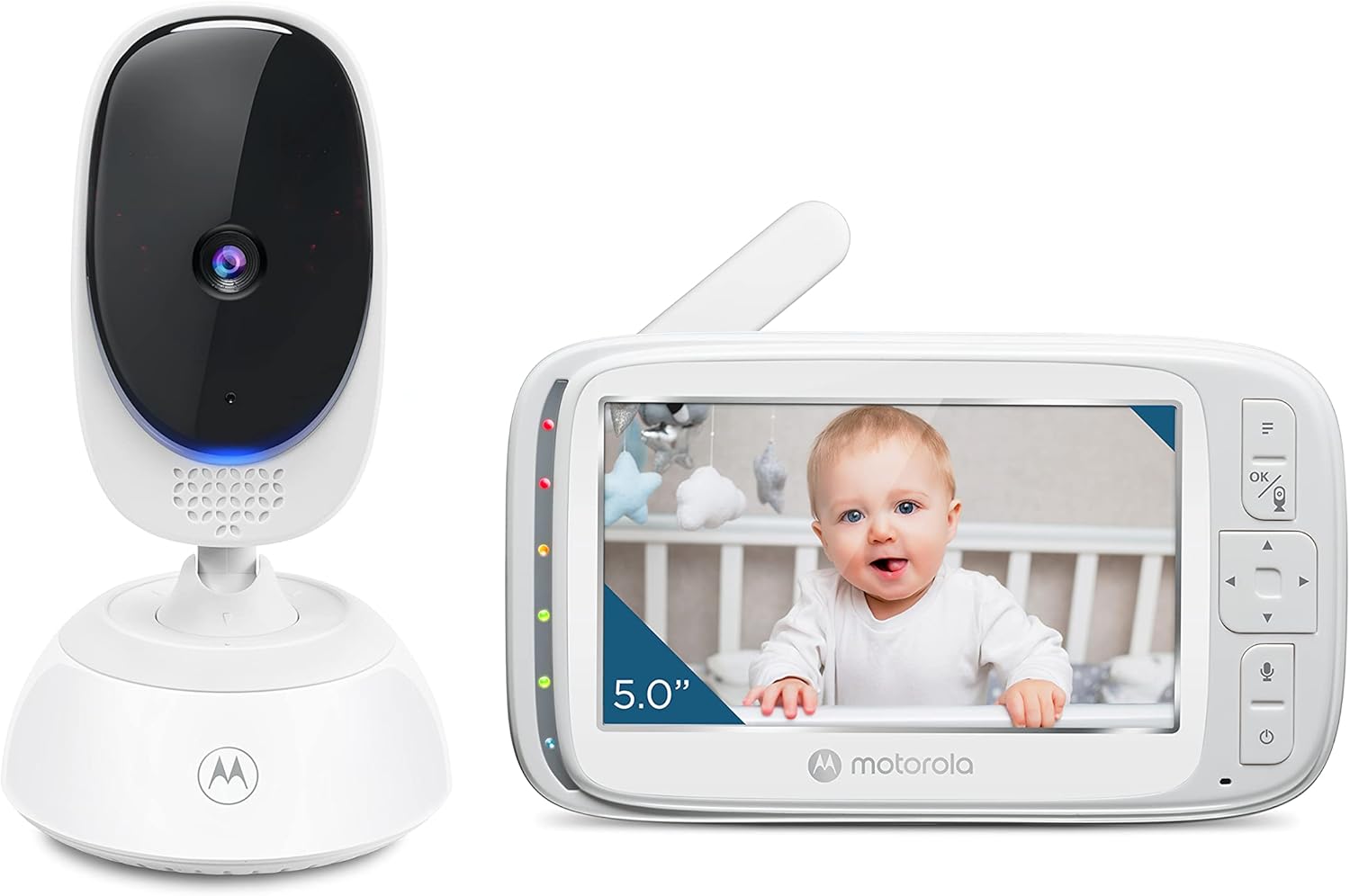
The Motorola Halo+ is a unique baby monitor designed to give parents a comprehensive overhead view of their baby. Unlike traditional monitors, it mounts above the crib, offering a full, unobstructed perspective of your baby and their surroundings. With its blend of high-tech features and soothing extras, it’s an excellent option for parents who want both functionality and comfort for their little one.
Key Features:
Why It’s Great:
What to Keep in Mind:
Parents looking for a comprehensive baby monitoring solution with a unique design. It’s especially suitable for those who want an unobstructed view of the crib and value additional features like sleep tracking and soothing bedtime aids.
Here are answers to some of the most common questions parents have about portable baby monitors:
Yes, portable baby monitors are designed with safety in mind. When installed and used correctly, they pose no harm to your baby. Ensure the monitor is placed securely out of reach of your child and that cords, if any, are kept well away from the crib to prevent accidents.
The range of portable baby monitors varies by model:
To enhance security for a Wi-Fi baby monitor:
This depends on your preferences and needs:
The most important features depend on your specific needs but generally include:
Portable baby monitors are an invaluable tool for parents, offering peace of mind and the freedom to move around while staying connected to your baby. From simple audio devices to advanced Wi-Fi-enabled systems with sleep tracking and environmental monitoring, there’s a monitor to fit every family’s lifestyle and budget.
When choosing a baby monitor, consider your specific needs—whether it’s long range, crystal-clear video, secure connectivity, or portability for travel. Focus on features that matter most to you, such as night vision for nighttime checks, two-way audio for soothing your baby remotely, or motion and sound alerts for better responsiveness. Understanding these options ensures you select a device that offers both convenience and reliability.
While these devices provide valuable support, it’s important to use them responsibly, supplementing their benefits with direct attention and care. By choosing the right monitor and following best practices for its use, you can create a safer, more comfortable environment for your baby—and greater peace of mind for yourself.
Ultimately, the best portable baby monitor is the one that meets your needs and makes parenting a little easier. Take your time to research, compare options, and invest in a monitor that aligns with your lifestyle. A well-chosen monitor isn’t just a gadget; it’s a helpful partner in your parenting journey.
Affiliate Disclosure: Juemarket.com sometimes gets paid for listings, through sponsors or affiliate programs like Amazon Associates. Clicking a link helps keep Juemarket.com free, at no extra cost to you!
Juemarket.com is a participant in the Amazon Services LLC Associates Program, an affiliate advertising program designed to provide a means for sites to earn advertising fees by advertising and linking to Amazon.com.
Amazon and the Amazon logo are trademarks of Amazon.com, Inc. or one of its affiliates.
Necessary cookies are absolutely essential for the website to function properly. These cookies ensure basic functionalities and security features of the website, anonymously.
| Cookie | Duration | Description |
|---|---|---|
| cookielawinfo-checbox-analytics | 11 months | This cookie is set by GDPR Cookie Consent plugin. The cookie is used to store the user consent for the cookies in the category "Analytics". |
| cookielawinfo-checbox-functional | 11 months | The cookie is set by GDPR cookie consent to record the user consent for the cookies in the category "Functional". |
| cookielawinfo-checbox-others | 11 months | This cookie is set by GDPR Cookie Consent plugin. The cookie is used to store the user consent for the cookies in the category "Other. |
| cookielawinfo-checkbox-necessary | 11 months | This cookie is set by GDPR Cookie Consent plugin. The cookies is used to store the user consent for the cookies in the category "Necessary". |
| cookielawinfo-checkbox-performance | 11 months | This cookie is set by GDPR Cookie Consent plugin. The cookie is used to store the user consent for the cookies in the category "Performance". |
| viewed_cookie_policy | 11 months | The cookie is set by the GDPR Cookie Consent plugin and is used to store whether or not user has consented to the use of cookies. It does not store any personal data. |
Functional cookies help to perform certain functionalities like sharing the content of the website on social media platforms, collect feedbacks, and other third-party features.
Performance cookies are used to understand and analyze the key performance indexes of the website which helps in delivering a better user experience for the visitors.
Analytical cookies are used to understand how visitors interact with the website. These cookies help provide information on metrics the number of visitors, bounce rate, traffic source, etc.
Advertisement cookies are used to provide visitors with relevant ads and marketing campaigns. These cookies track visitors across websites and collect information to provide customized ads.
Other uncategorized cookies are those that are being analyzed and have not been classified into a category as yet.